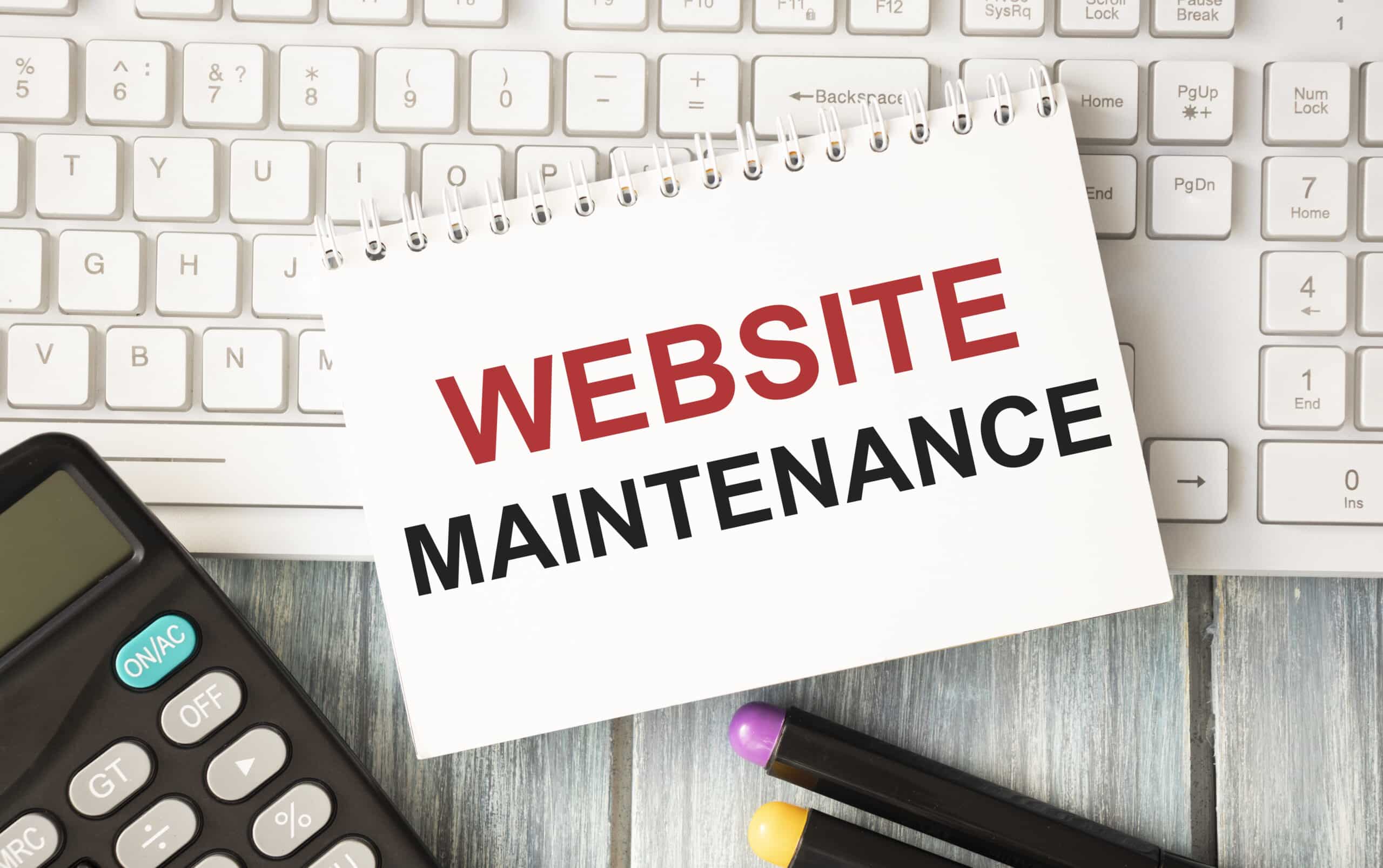Your WordPress site’s speed matters. That’s why having a website performance checklist is essential. Slow load times frustrate visitors and hurt SEO. In fact, 53% of mobile users abandon sites that take longer than 3 seconds to load. Think of this article as your website performance testing checklist and your go-to website speed optimization checklist. You’ll find clear steps to diagnose, tune, and monitor your site’s performance.
Audit Your Site Performance
Run Performance Tests
- Use tools like PageSpeed Insights, GTmetrix, or WebPageTest.
- Record metrics: First Contentful Paint (FCP), Largest Contentful Paint (LCP), Time to First Byte (TTFB).
- Compare desktop and mobile scores to spot gaps.
Check Core Web Vitals
- Review LCP, Cumulative Layout Shift (CLS), and Interaction to Next Paint (INP).
- Note which pages miss the recommended thresholds.
-
For detailed fixes, see our guide on how to improve Core Web Vitals in WordPress.
Evaluate Server Response Time
- Aim for TTFB under 200 ms (millisecond).
- Test from different regions using WebPageTest.
- Identify slow database queries or overloaded CPUs.
Optimize Hosting And Server
Are you using a hosting plan that can keep up with your traffic?
Choose Quality Hosting

- Pick a managed WordPress host or VPS with SSD storage.
- Check uptime guarantees and support response times.
Enable Caching Plugins
- Install and configure a caching plugin to serve static content.
- Purge cache automatically when you update content.
Configure Content Delivery Network
- Distribute assets across global edge servers.
- Reduce latency by serving files from a nearby location.
- Get started with a WordPress CDN.
Optimize Media Assets
Compress Images And Fonts
- Convert photos to WebP and compress with lossless settings.
- Subset font files or use system fonts when possible.
- Follow image optimization best practices.
Use Lazy Loading
- Defer off-screen images and iframes until they enter the viewport.
- Enable native lazy loading with
loading="lazy". - Test impact on initial load time.
Minify CSS And JavaScript
Merge And Minify Files
- Combine related CSS and JS to reduce HTTP requests.
- Remove comments and whitespace for smaller file sizes.
- See how to minify JavaScript and CSS in WordPress.
Defer Render Blocking Scripts
- Add
asyncordeferattributes to noncritical scripts. - Inline critical CSS for above-the-fold content.
- Verify in PageSpeed Insights that “Eliminate render-blocking resources” errors drop.
Clean WordPress Database
Remove Unused Data
- Delete old post revisions, spam comments, and trashed items.
- Clear expired transients and orphaned metadata.
- Use a cleanup plugin or WP-CLI commands.
Optimize Database Tables
- Run
OPTIMIZE TABLEon large tables to reclaim space. - Review indexes and remove unused ones.
- Check out WordPress database optimization.
Enhance Mobile Experience
Test Mobile Speed
- Run a mobile audit in PageSpeed Insights or Lighthouse.
- Nearly half of all visitors leave if pages take over 3 seconds to load.
- Compare mobile versus desktop performance to spot mobile-only issues.
Use Responsive Design

- Ensure your theme adapts fluidly to different screen sizes.
- Prioritize tap targets and legible fonts.
- Dive deeper in how to optimize WordPress website for mobile.
Monitor And Maintain Speed
Set Up Automated Tests
- Schedule regular checks with tools like GTmetrix API or Pingdom.
- Track trends to catch regressions early.
Review Logs And Reports
- Monitor server logs for slow queries or spikes in memory usage.
- Adjust cache lifetimes and CDN rules based on real-world data.
Key Takeaways
- Start by auditing your site with speed and Core Web Vitals tests.
- Optimize your hosting, caching, and delivery network.
- Compress media, minify code, and clean your database.
- Enhance mobile user experience with responsive design.
- Set up ongoing monitoring to stay ahead of performance issues.
Pick one item from this checklist today, implement it, and watch your load times drop. Then let us know in the comments which change made the biggest difference for your site!








